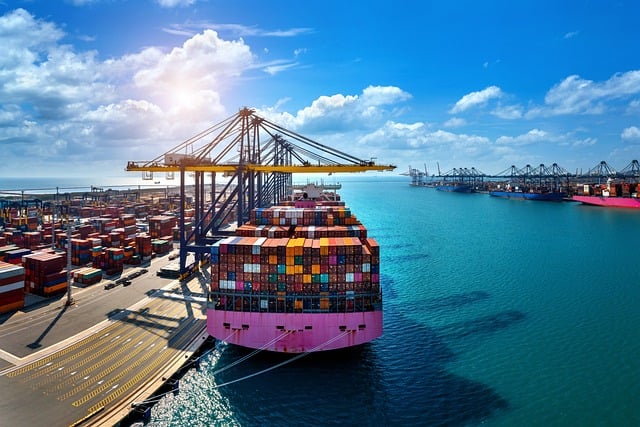Shipping Medical Equipment from Guangzhou/Shenzhen to Messina Port, Italy: 20FT/40FT Full Container Load (FCL) and Less than Container Load (LCL) Options
Shipping Options: FCL vs. LCL
1. Full Container Load (FCL):
If you’re shipping large volumes of medical equipment, a Full Container Load (FCL) is often the best option. You can choose between a 20-foot container (20FT) or a 40-foot container (40FT), depending on the size and quantity of your shipment. FCL shipments offer the advantage of having the entire container exclusively for your goods, which reduces the risk of contamination or damage from other shipments.
2. Less than Container Load (LCL):
For smaller shipments, Less than Container Load (LCL) is a cost-effective alternative. With LCL, your goods share container space with other shipments. This is ideal for those who have smaller quantities of medical equipment but still need to ship via sea freight. The sea freight journey from Guangzhou or Shenzhen to Messina Port typically takes around 31 days, depending on weather conditions, port congestion, and specific routing.
Shipping Terms: CIF (Cost, Insurance, and Freight)
For both FCL and LCL options, the shipping terms can be set to CIF (Cost, Insurance, and Freight). Under CIF, the cost of the goods, insurance coverage, and freight charges are included up to the destination port (Messina Port in Italy). This offers peace of mind for the shipper, as they do not need to worry about the transportation costs or the insurance during the sea transit. However, once the shipment reaches Messina Port, the responsibility for customs clearance and further transportation costs to the final destination in Italy will be the responsibility of the consignee.

Sea Freight Route and Transit Time
The journey for medical equipment from Guangzhou or Shenzhen to Messina Port typically involves passing through major global shipping routes in the Pacific Ocean and the Mediterranean Sea. The transit time is approximately 31 days on average, depending on the shipping line and the specific conditions of the route.
Packaging Medical Equipment for Sea Freight
Packaging medical equipment for sea freight requires careful attention to ensure that the items remain safe and undamaged during transit. Here are some general guidelines for packaging:
Primary Packaging:
Each medical device should be individually packaged using protective materials such as bubble wrap, foam padding, and shrink wrap. These materials help prevent physical damage from vibration, moisture, and impact during transport.Secondary Packaging:
The primary packages are then placed into sturdy cartons or boxes. The boxes should be clearly labeled with the contents and any handling instructions (e.g., “Fragile,” “Keep Upright,” etc.). This is important for ensuring proper handling by warehouse staff and freight operators.Outer Packaging (Palletizing):
For both FCL and LCL shipments, the individual boxes are often placed on pallets for ease of handling. The pallets should be securely wrapped with stretch film and secured with straps to prevent shifting during transit. This also helps maintain the integrity of the cargo throughout the loading and unloading process at ports.Temperature and Humidity Control (If Necessary):
If the medical equipment requires specific temperature or humidity conditions, it may be necessary to use insulated packaging or temperature-controlled containers. This is particularly important for sensitive medical devices, pharmaceuticals, or items that can be easily affected by temperature changes.Documentation:
Ensure that all required documentation, such as invoices, packing lists, and certificates of origin, is properly attached to the shipment. This will facilitate the customs clearance process at both the Chinese and Italian ports.



